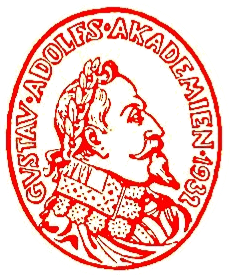The Swedish Menocchio
Or How Can One Explain the Appearance, in Two Places Separated in Time and Culture, of Similar and Parallel Cultural Forms without the Diffusion of Ideas and Historical Contacts?
DOI:
https://doi.org/10.61897/arv.v80i.44677Keywords:
doubts, unbelief, common sense, practical rationality, non-contradiction, universal mode of thinkingAbstract
Separated by a century in time, the landmass of a continent and differing confessional commu-nities, the religious attitudes and views of Italian miller Menocchio (1532–1599) and Swedish farmer and former soldier Nils Olofsson Bååt (1637–1696) still share numerous parallels and similarities. Both were brought to trial for impious and heretic utterances and in court both presented highly unorthodox statements about the nature of Christ, God and the sacraments. While the focus and themes in their accounts differ, there is a striking similarity in the ten-dency to question and bring down official abstract religious doctrines to a kind of pragmatic understanding based on everyday practical experiences. Are these similarities and parallels only a coincidence or were Menocchio and Nils Olofsson Bååt both representatives of an oral peasant culture proposed by Ginzburg? Or alternatively, did they share a similar way of reading marked by oral culture? Menocchio had read at least eleven identified books – Nils Olofsson Bååt none as far as is known. In this article it will be proposed that the similarities and parallels can be related to a kind of “practical rationality” and common-sense logic that was neither exclusively popular nor learned but a universal mode of thinking brought to the fore by their respective lived experiences as well as by inspiration from a cultural repertoire of common-sense-based doubts and statements circulating between high and low culture. Final-ly, Menocchio’s and Nils Olofsson Bååt’s personal strategies will be analysed and compared based on differences in themes, focuses and personal living circumstances.
Downloads
Published
How to Cite
Issue
Section
License
In Volume 81 and subsequent volumes, authors of content published in ARV retain copyright to their works and articles are published under the terms of a Creative Commons CC BY license.
Content in Volumes 1 – 80 was published without a Creative Commons license, and the copyright for this content is held by Kgl. Gustav Adolfs Akademien.
View the journal's full Open Access Policy.



